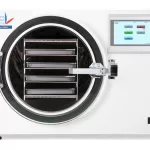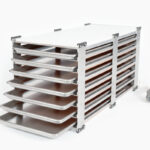The power of freeze drying lies in its ability to preserve food, flavor, and texture for long periods without compromising nutritional content or shelf life. Freeze dryers are machines with an incredible range of potential applications – from home use to commercial purposes – to preserve different materials. In this blog post we will discuss how they work, their advantages and which one you should pick according to your needs.
Short Summary
- Discover the benefits of freeze drying with a home or commercial dryer.
- Learn about the science and types of freeze dryers available and advantages such as extended shelf life and nutritional preservation.
- Consider financial investment, operating costs, energy saving tips to make using a freeze dryer more cost effective.
Discovering Freeze Dryers
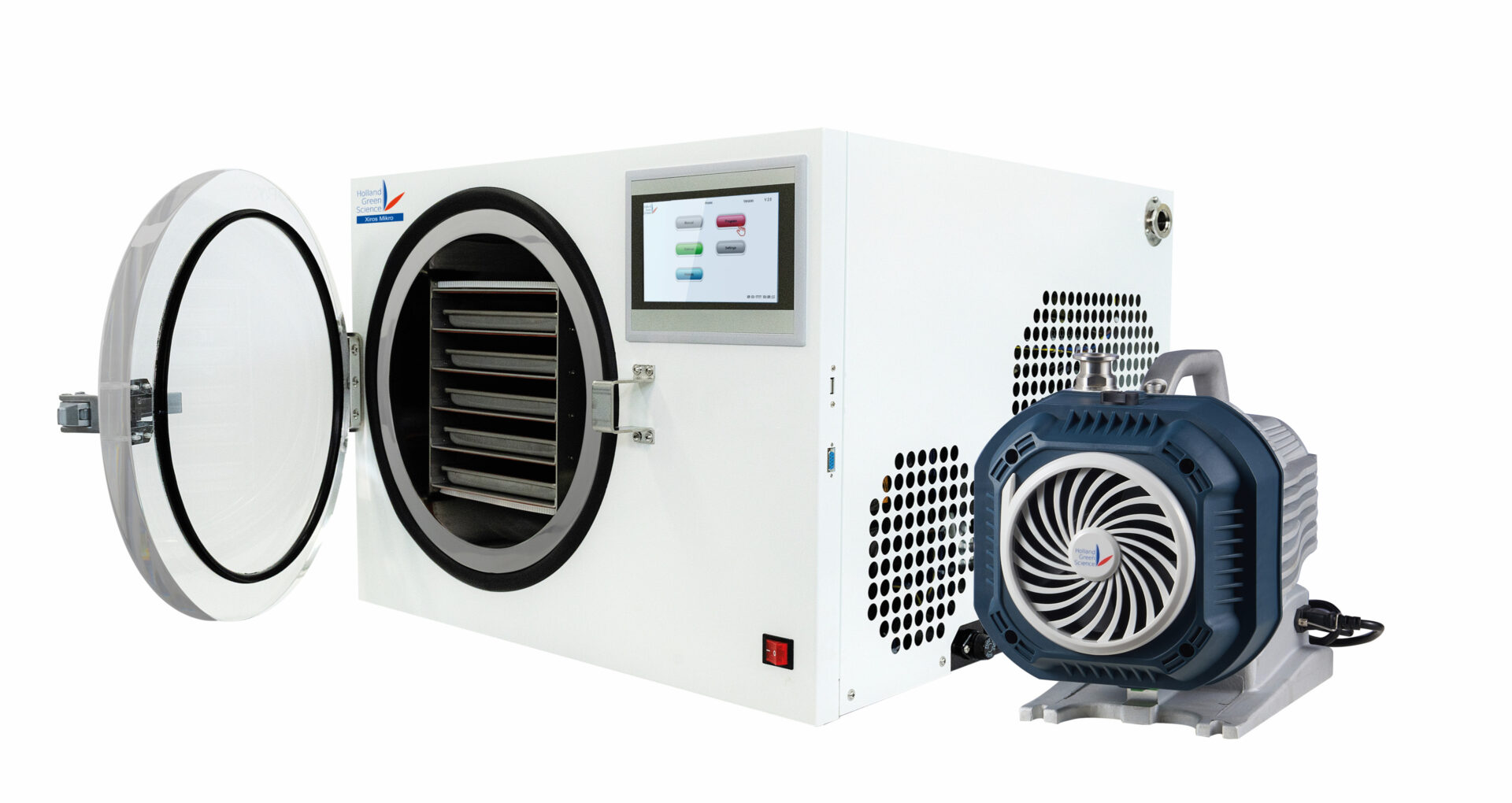
Freeze drying has been used in many industries since 1890, when Richard Altmann first created it. Its purpose began to grow during World War II for the preservation of blood plasma and penicillin, starting a need for its use that continues today. A wide variety of applications now employ freeze dryers. These include laboratories, pharmaceutical companies, food processors and manufacturers alike. Nowadays, even home users can benefit from freeze drying thanks to the Xiros Mikro Freeze Dryer from Holland Green Science, which makes preserve on a smaller scale accessible to all.
The Science Behind Freeze Drying
Freeze drying, also known as lyophilization, is a process that involves freezing the material at very low temperatures and then reducing pressure while adding heat to convert frozen water molecules into water vapor. This results in an end product which retains its original shape, color and nutrition – all high-quality dehydrated food prepared by the freeze drying process.
There are four distinct stages involved here: Pretreatment with optional annealing (a method of cycling temperature) to increase ice crystal size, Freezing itself, Primary Drying where reduced pressure & added warmth enable sublimation of the ice. Finally Secondary Drying, which removes any unfrozen leftovers from before. All these steps collectively ensure preservation of quality throughout the entire procedure for later rehydration purposes when needed again down the road! With the Xiros Mikro you can program up to 16 stages.
Types of Freeze Dryers
Different sizes and types of freeze dryers are available to fulfill various needs. Lab-scale machines can be used for experimentation, while production scale models are designed more heavily with commercial use in mind, such as food processing or pharmaceuticals. Contact freeze dryers rely on conduction to supply energy during sublimation, whereas microwave assisted units take microwaves to speed up the process itself. Depending on your desired results and material you plan to freeze dry, it is crucial that an appropriate machine is chosen. All varieties come with their own unique advantages, but also have certain drawbacks too, which need consideration before committing Resources into a purchase.
Advantages of Freeze Dried Food

Freeze dried food is an incredibly appealing option for those looking to store their groceries long-term. The drying process of freezing works to preserve all essential qualities, such as its aroma, texture upon hydration and bioactivity levels. This method maintains both the flavor and structural integrity better than any other form of preservation, making it superior when compared with others in regards to quality assurance.
Freeze drying has numerous advantages that make it preferable over other methods: its speedy processing time without sacrificing reliability or nutritional value. With these characteristics combined under one method – not only can you enjoy higher quality frozen goods, but also guarantee a longer lifespan for them too!
Extended Shelf Life
The process of freeze drying significantly benefits food products by increasing their shelf life. By using this method, moisture is removed from the food, which prevents bacterial and microbial growth that would otherwise cause spoilage. It has been determined that foods treated with freezing can potentially be stored for 25 to 30 years, making them ideal choices for long-term storage and emergency scenarios. Freeze dried foods retain all of the original nutritional value and appearance due to minimal changes in molecular structures during processing. Maintaining its wholesome quality while maintaining an extended lifespan than other types of dried products.
Nutritional Preservation
Freeze drying is an effective technique for not only extending the preservation of food, but also preserving most of its nutritional content. Compared to other methods that often lead to a decrease in essential micronutrients and phytonutrients found in fresh foods, studies have demonstrated freeze-drying can retain up to 90% or more nutrition from harvested initially ingredients.
This method consequently offers a much healthier choice for long term storage and consumption by keeping high quality nutritional value intact over time.
Flavor and Texture
By freeze drying, the process of removing moisture while still retaining food structure and flavor, manufacturers can create products with an appealingly concentrated taste and a light porous texture. This allows them to craft a final product with much more remarkable similarity to fresh ingredients in its appearance and edibility when water is added back into it than other preservation methods. The Freeze Drying Process helps maintain high-quality properties such as flavor & texture, giving customers attractive options for enjoying their favorite foods over long periods!
Choosing the Right Freeze Dryer
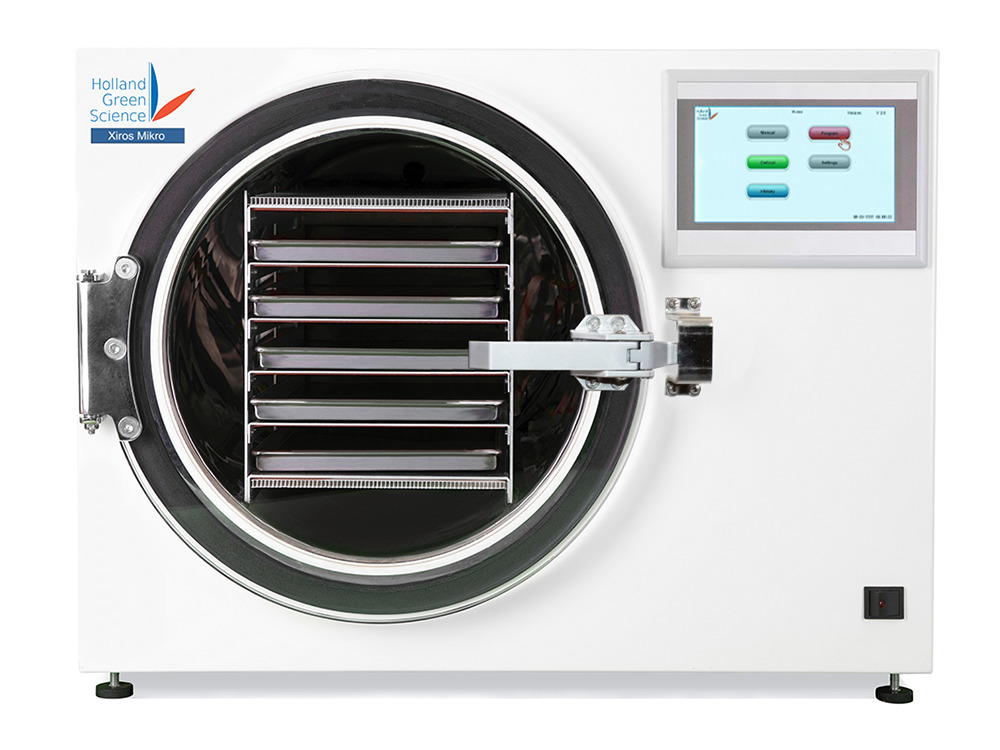
When purchasing a freeze dryer, you must pick the right size and model for your individual or commercial needs. The capacity of the machine, as well as its energy efficiency, should be assessed to maximize results with freeze drying food products. Moreover, pay attention to what accessories come with each unit being considered. This could make all the difference when deciding which appliance best fits one’s requirements.
Home Freeze Dryers
Holland Green Science freeze dryers provide a suitable solution for those looking to preserve their harvest in smaller quantities. Various sizes and models are available from countertop varieties to standalone options, allowing you to pick what suits your needs best and fits within any given space. Holland Green Science can help build all kinds of production-scale freeze dryers that fit your need. With these machines, users can guarantee both longevity and nutrition quality regarding stored ingredients!
They don’t just keep them fresh for an extended period, they also aid in preserving their original shape, coloration or even flavor – ultimately making these products especially ideal for health-conscious consumers seeking more flavorful meals with real nutrient value.
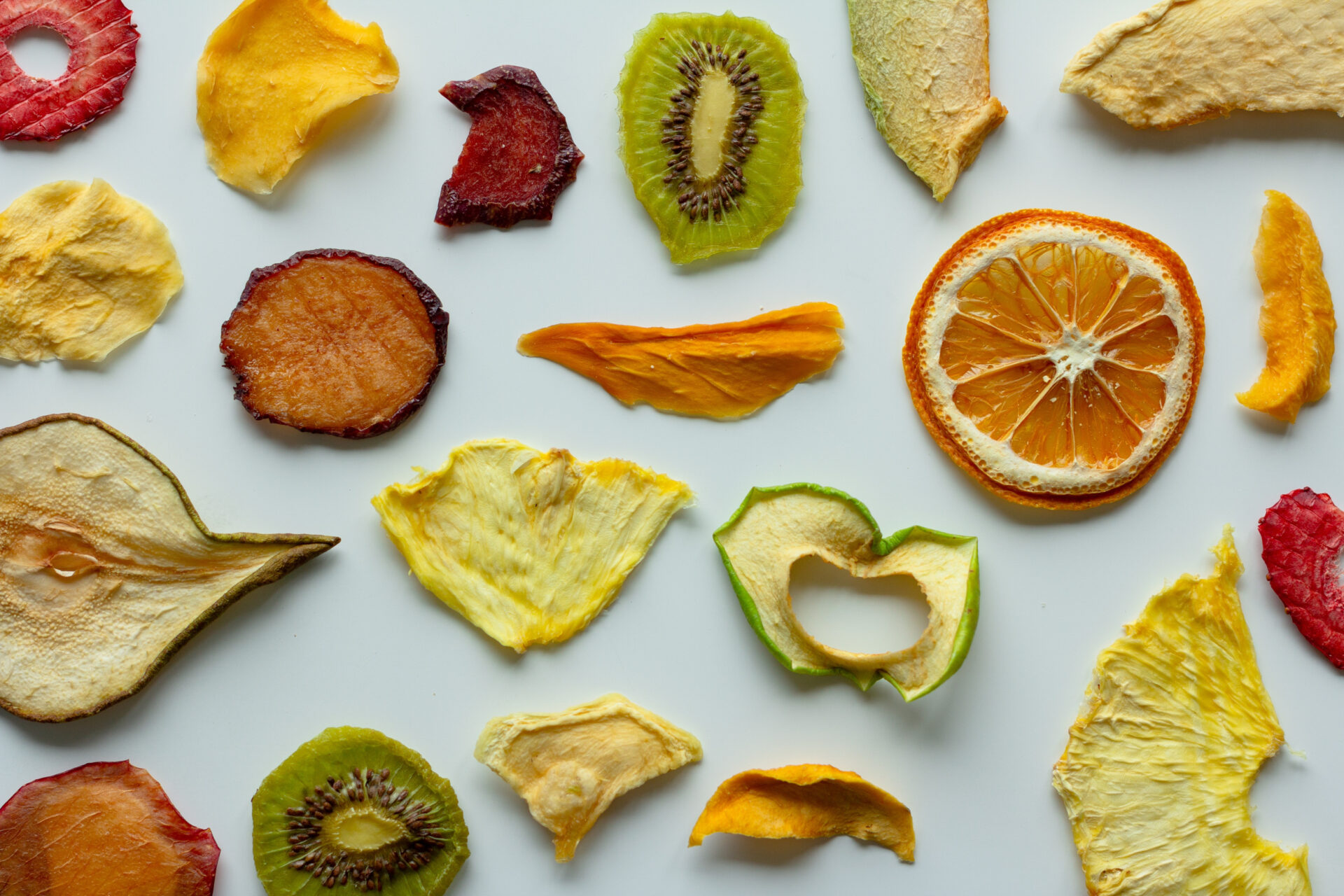
Commercial Freeze Dryers
Commercial freeze dryers are a type of machine made for larger-scale food processing, pharmaceuticals and other industrial use. Various sizes of these machines, such as benchtop, pilot scale or production size, can fit different production needs. The advantages provided by commercial freeze drying include minimal damage to temperature-sensitive products, creating porous friable structures, maintaining nutritional value, taste & smell along with decreased weight and volume compared to alternative methods. Prices vary depending on the model but require more energy than home freeze dryer models do due to their bigger capacity when it comes down to preserving foods that would otherwise not stay preserved over time without production scale freeze dryers.
Customized Solutions
Customized freeze dryers can be created for those with particular industry needs or special requirements to fit the desired process parameters and production goals. Utilizing a new freeze dryer specifically designed for specialized purposes makes it possible to preserve and improve products in different sectors such as food recipes or pharmaceuticals. Freeze drying technology helps tailor solutions according to unique criteria which maximize efficiency effectively while meeting your objectives.
Using Your Freeze Dryer
To ensure optimal quality, the freeze drying process should begin with properly preparing food. This involves thoroughly washing and cutting it into smaller pieces before loading them into the dryer. Once this step is complete, you can operate your machine to initiate freeze drying of foods until they have achieved a dried state that meets your desired standards for texture and taste in the final product. After removing from the dryer, store these highly-preserved meals securely for later consumption or processing if necessary!
Preparing Food for Freeze Drying
To achieve the best freeze drying results, proper food preparation is essential. This includes washing, slicing, separating, and placing on a tray or plate. The items should then be stored in the freezer to ensure their safety and impede any bacteria development that could affect flavor and presentation over time. Preserving colors will also result from this method.
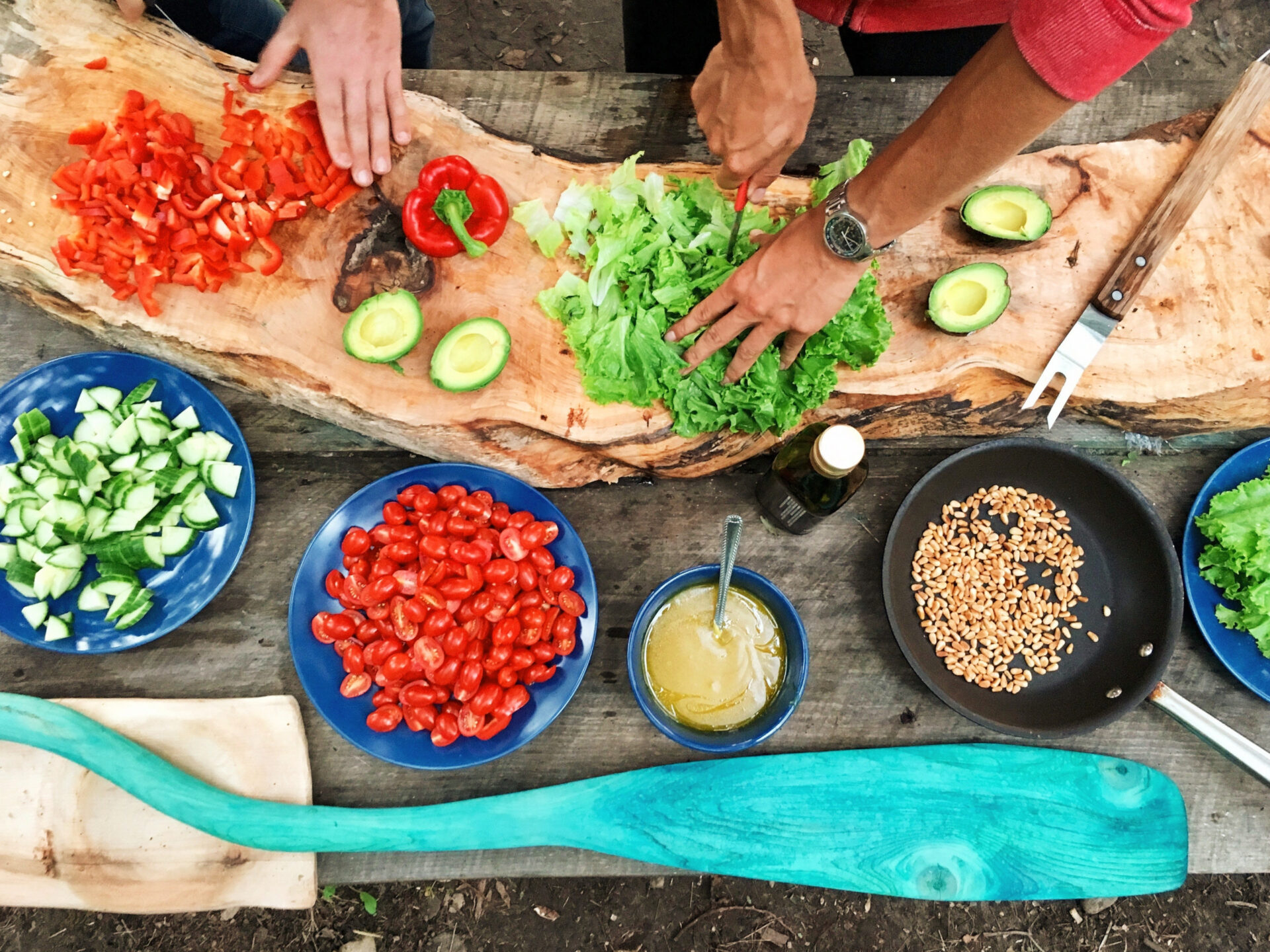
Operating the Freeze Dryer
The Xiros Mikro freeze dryer is designed with easy-to-use touch screen interfaces and cutting edge technology to make them simple to use. To get started, put the food on the trays then place these into the machine before creating a vacuum environment by activating the program. The process of extracting moisture from your edibles usually takes between 10 and 24 hours as they slowly heat up while ice transforms into vapor which is carried away with the vacuum. Room temperature storage is now an good option for your food, no energy consuming freezer needed anymore, and still the food safety is secured.
Storing Freeze Dried Foods
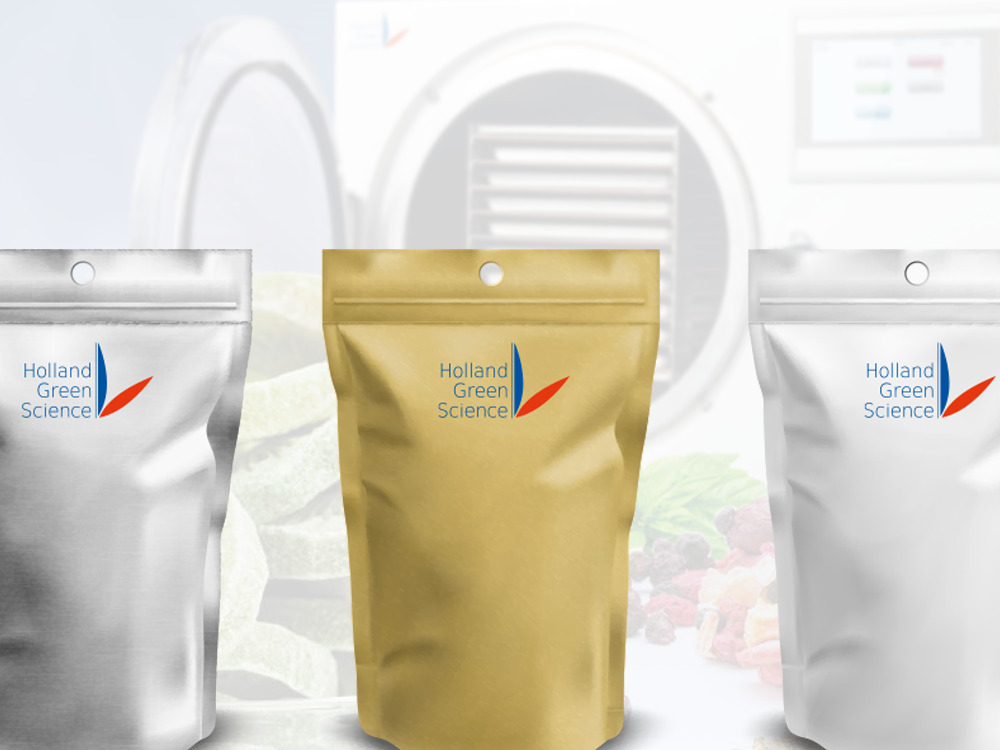
It is essential to keep the quality and longevity of freeze-dried foods after they have gone through the process. The optimal way to do this would be storing them in airtight containers, like Mylar bags or canning jars with oxygen absorbers included. This will protect against deterioration caused by any exposure to oxygen over time. Room temperature storage is now no issue, this safes you energy.
To preserve food for a long period, these dried foods must be kept at room temperature away from direct sunlight as well as extreme temperatures so that their food value stays consistent.
Creative Applications of Freeze Drying
Freeze drying is a versatile technique used to preserve or improve an expansive array of items, including food stuffs, medicines, taxidermy specimens and restored documents. To help maintain foodstuffs for long periods without the use of refrigeration technology, freeze drying also finds many practical applications in other industries too.
Pharmaceutical Industry
In the pharmaceutical industry, freeze drying is an excellent method of preserving and storing high-value items. Freeze-drying utilizes a low-temperature process that does not involve hot air to reduce any damage that might be done due to heat sensitivity in products such as vaccines, cytostatics, antibiotics, biologicals, hormones, and active ingredients. Reactives can also benefit from this preservation procedure because it relies on sublimation rather than ordinary air drying. Utilizing the freeze dried process compared to others when trying to keep valuable materials safe during storage temperatures will maintain integrity without harm or degradation caused by too much heat exposure being experienced for these delicate substances.
Taxidermy and Pet Preservation
The process of freeze drying has become quite popular within the taxidermy and pet preservation industry. By implementing this technique instead of traditional skin mount methods, more natural-looking results that maintain the original form can be achieved without being too invasive or destructive. This method is employed primarily for preserving creatures such as crustaceans, fish, amphibians, reptiles, insects, and small mammals alike. It enables a much greater level of detail to remain intact than when compared with alternative strategies involving deep freezing alone.
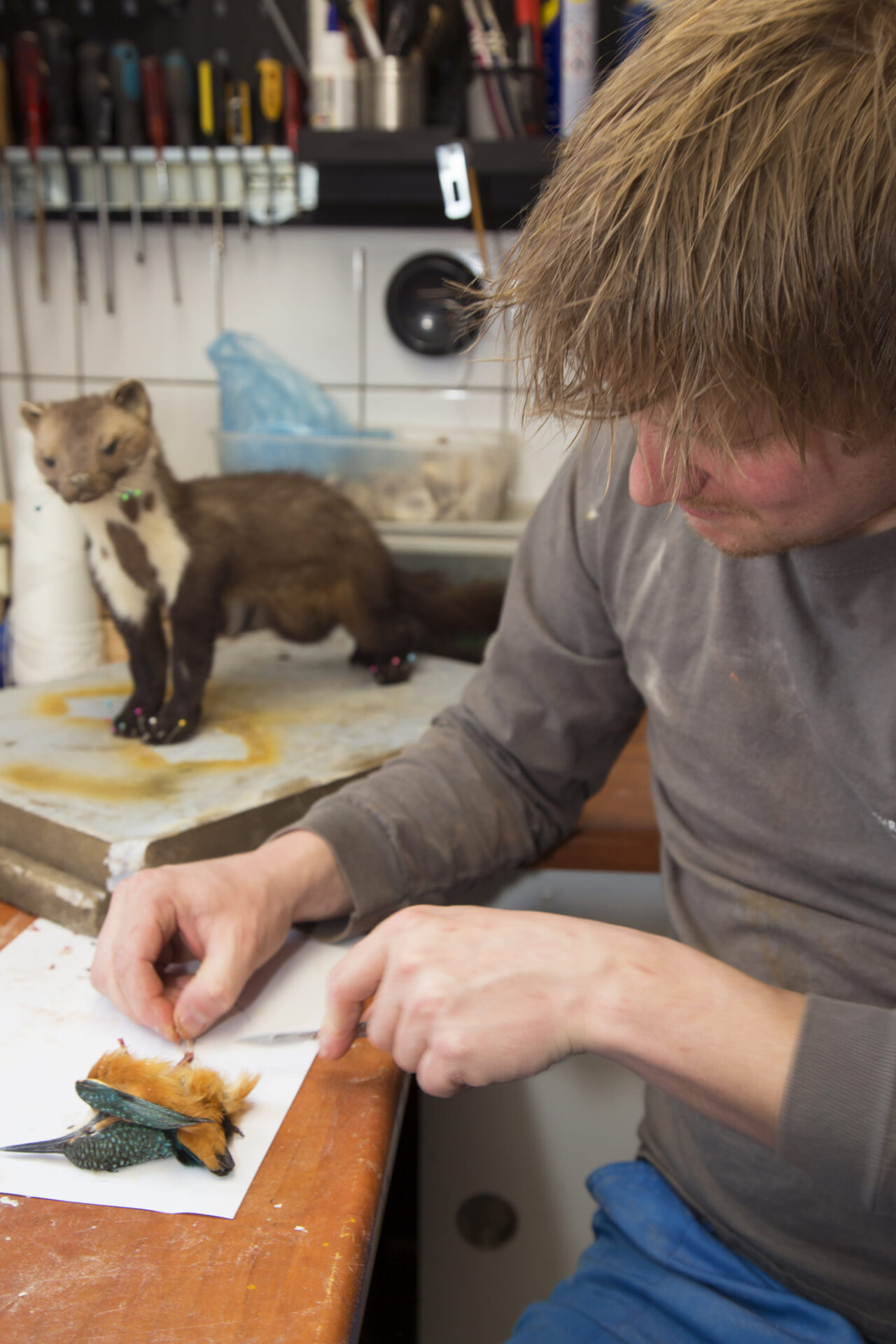
Document and Artifact Restoration
Using freeze dryers to remove moisture can be beneficial when restoring and conserving historical records or artifacts. Through sublimation, this technique effectively salvages materials damaged by water to save them from being gone forever. With its ability to preserve essential documents and relics, freeze dryers offer long-term conservation opportunities. Thus providing future generations with valuable resources they would otherwise not access due to having suffered damage too great already.
Cost and Energy Considerations
When selecting a freeze dryer for your needs, it is critical to consider the energy and money required. From the initial purchase price to operating expenses, knowing all of these fiscal and energy implications associated with freeze drying will ensure that you are fully informed in your decision-making process.
Although owning and using a freeze dryer offers numerous benefits, remember that this technology can come at an expense financially and energetically. So before making big decisions, be mindful of what is involved when taking up such practices.
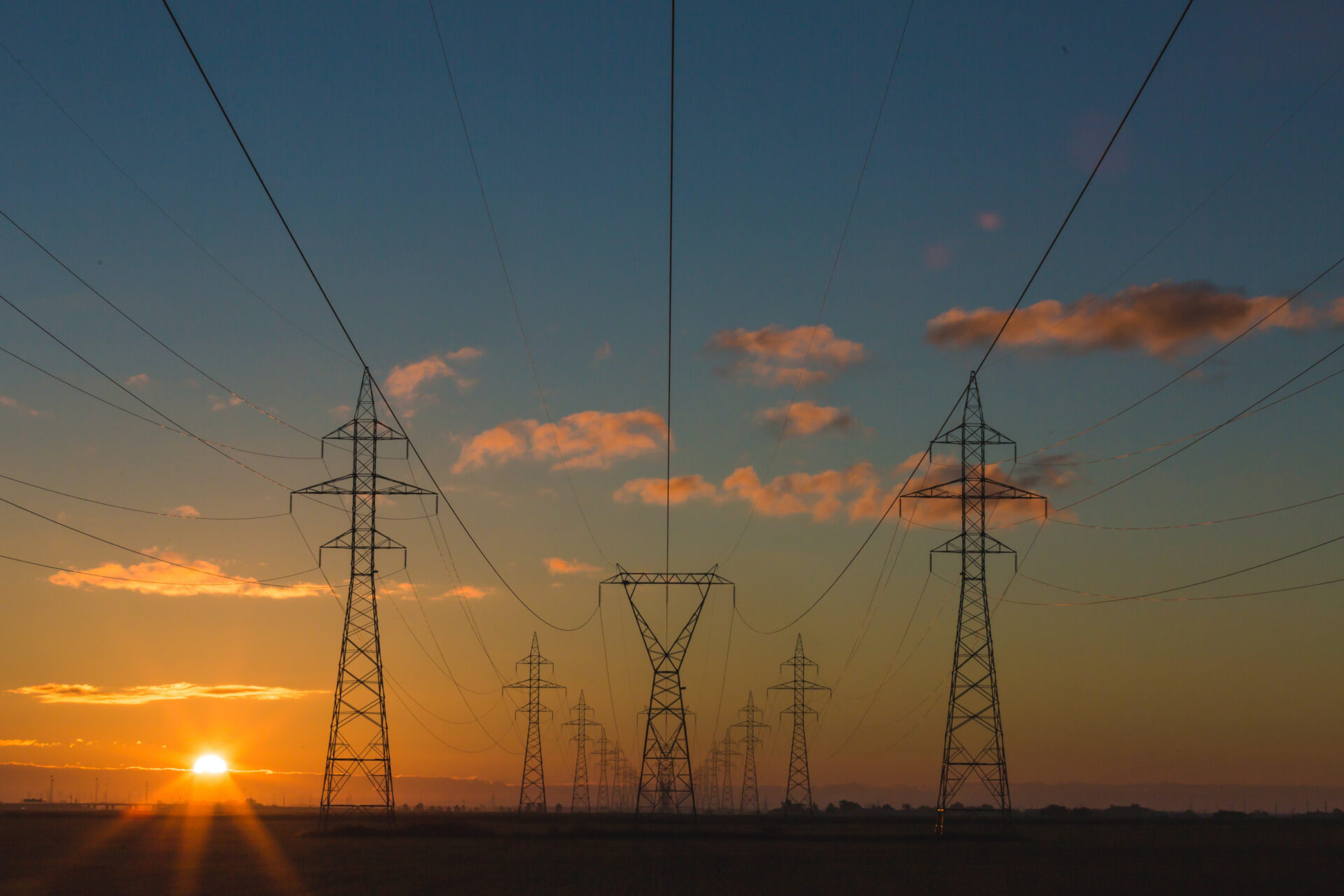
Choose the right machine
Choosing between home freeze dryers and pharmaceutical freeze dryers can be challenging. The former offers affordability but lacks precision, relying on slower temperature controls that can compromise the quality of the end product. The latter provides advanced technology but at a steep price. The Xiros Mikro Freeze Dryer is the superior choice, combining the best of both worlds. It offers advanced control of the freeze-drying process via vacuum technology, ensuring a perfect end product, and does so at a price point closer to home freeze dryers. With the Xiros Mikro freeze dryer you experience superior control, excellent quality, and affordability in one package.
Operating Costs
The costs of running a freeze dryer domestically can vary daily based on your area’s local electricity rates. The advantages, such as improved preservation and keeping flavor, texture, and nutrition intact, could make it worthwhile to purchase a freeze dryer for many users, despite its costliness. Apart from making an initial investment into obtaining a freeze dryer, there will be ongoing expenses associated with using this equipment too that needs consideration before deciding if this method suits you best or not.
Energy Saving Tips
Using energy-saving strategies, freeze drying can become a more economical and sustainable process. For instance, using timers to switch off the dryer when not in use, implementing variable speed controls on vacuum pumps and starting with a pre freeze process can save energy and time, which helps minimize costs. By utilizing these practices during and before freeze drying, you can reduce overall expenditure and make the procedure both efficient and kind to our environment.
Summary
Freeze drying has become a widespread technique in different industries thanks to its ability to extend shelf life and preserving flavors and textures while keeping nutritional content intact. Investing on either a domestic or commercial freeze dryer will enable you to leverage this powerful preservation method for your benefit – but one must understand all the costs and energy requirements before making such an investment.
Frequently Asked Questions
Are freeze dryers worth it?
Freeze dryers can provide a much longer shelf life, faster rehydration, and improved taste with less moisture than traditional methods. This investment will be well worth it for those looking to store food products over an extended time.
What are the drawbacks of freeze-drying?
The process of freeze-drying food has its disadvantages, such as costly equipment, extended processing duration and a more significant expenditure of energy.
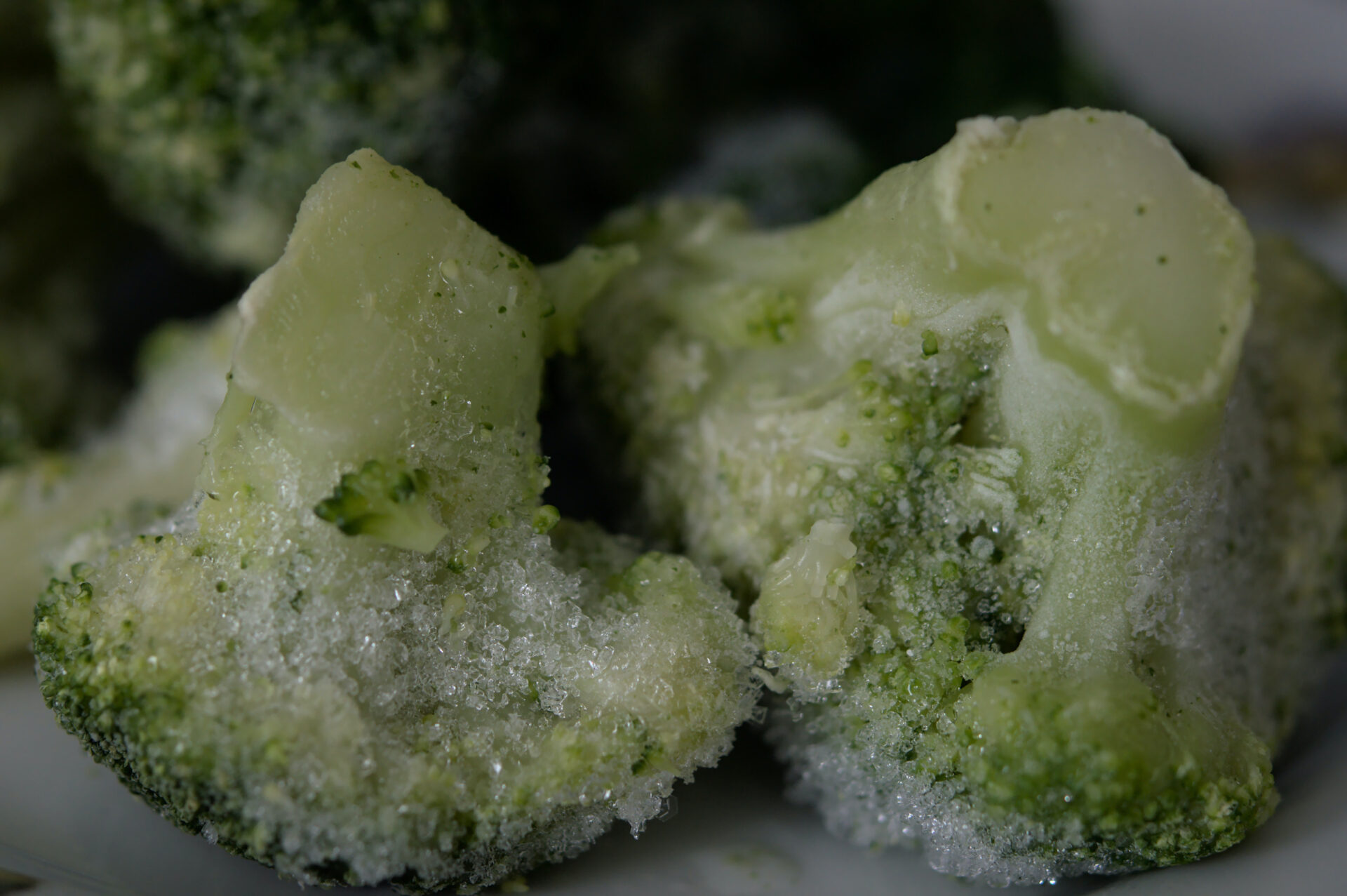
Are freeze-dried food healthy?
Freeze-dried foods are an excellent option for retaining the essential nutrients and phytochemicals. They prove very useful in preserving food and aiding with storage, transportation, and handling of dried goods. As a nutritious food choice with beneficial effects on practical uses like preserving freshness or transportability, freeze-dried meals are trendy among consumers!
Is a freeze dryer the same as a dehydrator?
A freeze dryer and a dehydrator are distinct from one another. Freeze drying involves cooling food to extreme temperatures and going through the so-called lyophilization or cryodesiccation process, and this is a low-temperature dehydration process that involves freezing the product and lowering pressure, removing the ice crystals by sublimation. So in short the moisture is removed through a vacuum process. On the other hand, with dehydration, you only require heat to remove liquid content within edibles. As such, they each represent different approaches for dried outcomes on meals or snacks.
How do you freeze dry at home?
Freeze drying at home is a process that requires specific equipment (as mentioned in this blog). Purchase the right equipment, then follow these steps: preparation, pre-freezing, freezing, drying, and packaging.
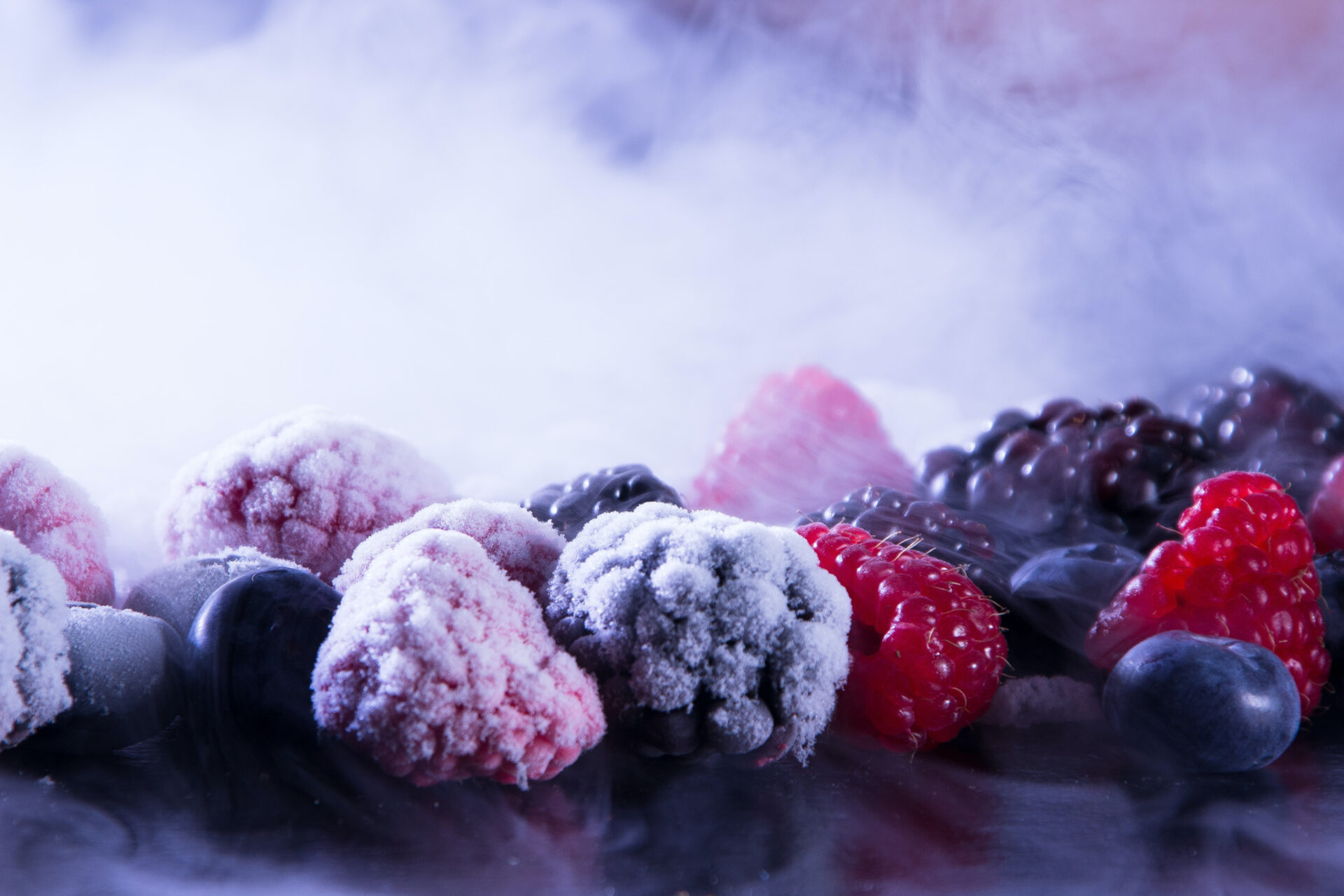
Embrace the future of freeze drying
In conclusion, home freeze drying is an innovative method of (food) preservation that offers a multitude of benefits. From the remarkable longevity of freeze dried products for the conservation of their nutritional value, taste, and texture, this process is a game-changer.
Start your freeze drying journey today with our Xiros Mikro freeze dryer and unlock a world of possibilities! We are here to support you every step of the way, providing not just equipment, but also expert advice and guidance.
Visit us at:
https://hollandgreenscience.eu/products/
We’re just a call or an email away!
Contact us by calling +31 643 498 156
or send us an email at saleseurope@hollandgreenscience.com
To stay in the loop with our latest updates, innovations, and events, follow us on LinkedIn and Instagram!
Let’s explore a freeze dried future together!


